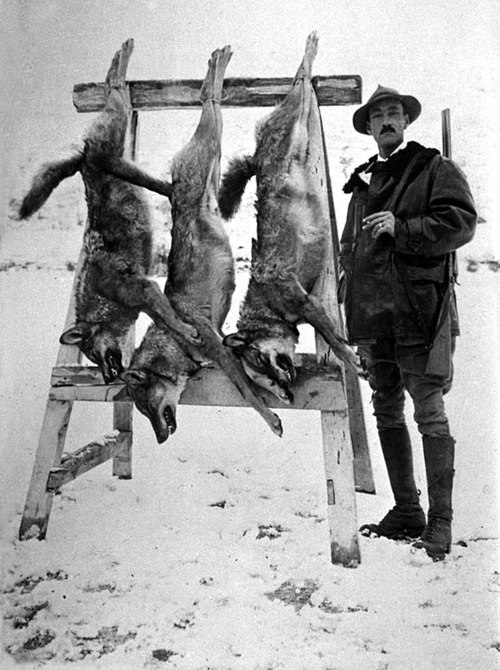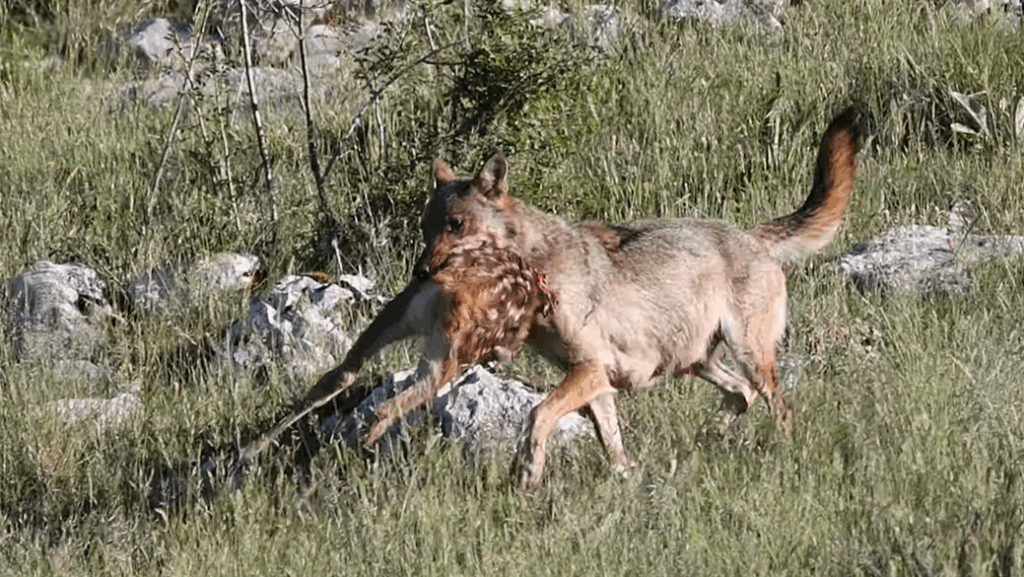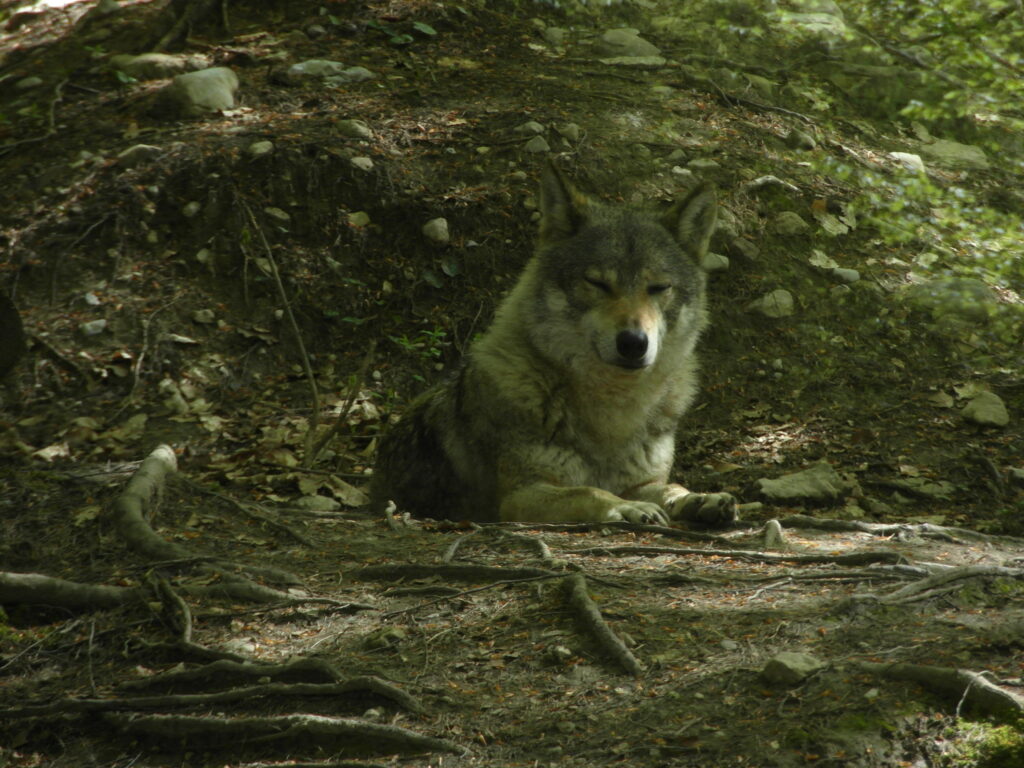I have never met a wolf in the wild; I have sensed their presence from the tracks left in the snow or from the droppings scattered throughout the areas where they live, and today from the images captured by photo traps. However, I have often been able to admire them in wildlife enclosures… but that is another matter. One fact I cannot accept: even large enclosures are still prisons. The confinement of an animal like the socially organized wolf, which roams vast areas, and is a noble and proud predator, strong and daring, ecologically important—this, I cannot understand.

It has been exactly 50 years since I got up early to bring them food together with the park ranger in charge of the enclosure that hosted them in Villetta Barrea in the Abruzzo Park. That group of wolves arrived cautiously near the gate of the enclosure always in the same order, always with the same attitude of those who, despite everything, did not seem to trust the hand that fed them: wolves not dogs, wolves… and watch your back… This was what they conveyed to me with their restless eyes.
Fifty years ago, wolves were a kind of chimera: having arrived in our country in the last phase of the Pleistocene (Aurelian), at the end of the last Quaternary glaciation together with the lynx, the ibex, the brown bear, they had brought signs of modernity to our mammal fauna, coexisting with the last presences of more ancient fauna now in extinction and also with the hunter/gatherer man. Unfortunately, when the latter became a farmer/breeder, a cunning and organized predator like the wolf did not have much luck, becoming over time an uncomfortable competitor to be wary of. The doors of the Anthropocene (the current geological period) thus opened for him under an unlucky star.
Fears and prejudices, reality and fantasy, led even 19th-century zoologists to describe it in terms as melodramatic as they were exaggerated: “The bloodthirsty instincts supported by adequate weapons, by which it gathers in herds and makes a horrible slaughter of domestic animals, made and make this animal terrible, which little by little has greatly diminished… an animal against which a relentless war has been waged, aided by the rewards offered by law to those who kill some of them.” This is what Emilio Cornalia said in the Descriptive Catalogue of Mammals observed up to now in Italy. Fauna of Italy. Vallardi, Milan. 1873.
But what could one expect from one of the most evolved predators? The Apennine and Alpine ridges constituted its original habitat, expanding throughout the temperate deciduous biome with incursions even into the plains, where large forests served as true ecological corridors, favouring its presence. The wolf attacks near Turin (1816) and close to Pavia (1811) are still remembered, facilitated here by the course of the Ticino River.
The Darkest Period
The process of wolf rarefaction began on a large scale in the 19th century, accompanied by numerous local extinction events. This phenomenon was caused by anthropogenic factors acting in unfortunate synergy: on one hand, widespread fragmentation and destruction of forest habitats, on the other, direct persecution. This latter factor started long ago, fueled by the predation of domestic animals, which contributed to the negative image of the “bad wolf,” as exemplified by the scientific views of the time (see above). It is like the “Little Red Riding Hood” effect, with the same tragic end the wolf meets in the fairy tale. This prolonged escalation led to the disappearance of the wolf population from the Alps, with only decimated groups surviving in remote Apennine locations. The bottom had been reached.

Italian Society for the History of Fauna, Public domain, via Wikimedia Commons.
The population estimates made in the early 1970s are a loud alarm bell that cannot be ignored. Luigi Boitani, then a young Roman zoologist, made the most credible population assessment: fewer than 100 individuals distributed in geographically isolated groups along the Apennine chain in Abruzzo and further south in the Calabrian mountains, as well as in the Tolfa mountains (Lazio) and Maremma. The species has certainly disappeared from Sicily since the 1950s and has never been present in Sardinia.
Genetically, the isolation of the populations has already had an impact, and people are beginning to speak of an “Apennine” wolf that is quite distinct from other European populations. Furthermore, the absence of reproductive exchanges between the various relict populations raises concerns about a reduction in genetic variability, an evolutionarily negative factor. For large carnivores, this moment seems to be a point of no return, as has already occurred in Italy with the lynx and the Alpine brown bear.
The Last 50 Years
The numerical recovery and reoccupation of the wolf’s original habitat has truly been a remarkable and almost unbelievable miracle. This miracle has even led to a change in its current protection status, as the population is no longer considered endangered. Several simultaneous factors have made this possible, beginning with the protection granted in 1973, followed by the introduction of a compensation system for breeders, increased ecological awareness spreading across all social classes, and finally the most decisive element: the exponential growth of potential prey populations, including wild boar, roe deer, other deer species, and even coypu, providing the wolf with previously unimaginable food sources.

The Lotka-Volterra model of predator-prey interactions, which, in simplified terms, shows that if the number of prey increases in parallel with the number of predators, appears to be the basis for the numerical recovery of the wolf. The wolf found itself in an ecologically ideal situation, which led it to grow again by naturally expanding, without any human intervention, starting from the previously mentioned centers of presence. These became centers of expansion for the young wolves, who also found conditions of assured survival elsewhere in sites free from competitors and rich in prey. There, they could establish additional reproductive nuclei, free to expand in turn.
But if this has happened, we cannot now think of going back. Its expansion is an ecologically important sign that we cannot ignore, a fact that occurred without our intervention. Unfortunately, the wolf is a predator that can cause damage, but above all, fear: encountering it face-to-face is not a pleasant experience. It happened very seldom; now it is on our doorstep, and this cannot be ignored. If this is the case, it means that a game has been won: a game that no one would have bet on when that blessed “Operation San Francesco” was started so many years ago. Today, their management cannot be entrusted to culling. As many have said, do we perhaps believe that by eliminating some of them, predation will decrease, or will we no longer be scared? I think this is not exactly the case.

The wolf has silently and rapidly reclaimed its natural habitats; along with it, the bear has recently arrived even further west in the Alps, reappearing where it had been exterminated. However, there is talk of culling or imprisonment for it as well. The issue of large Carnivores is biologically and socially complex and cannot be solved with hasty or emotional decisions. It is a matter of us or them: what are we ready to choose? Let us first ask ourselves this question!

Credits
Author: N. Emilio Baldaccini Former Professor of Ethology and Conservation of Zoocenotic Resources at the University of Pisa. He has published over 300 scientific papers in national and international journals. Actively engaged in scientific education, he is also a co-author of academic textbooks on Ethology, General and Systematic Zoology, and Comparative Anatomy.
Translated by Maria Antonietta Sessa



